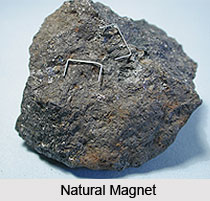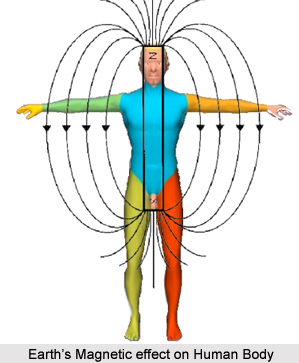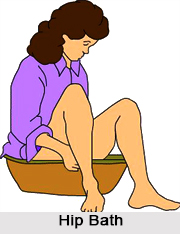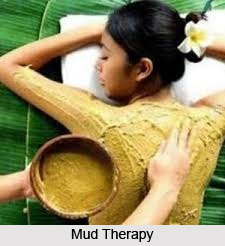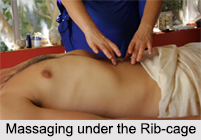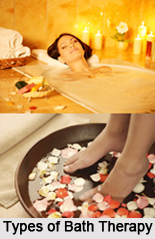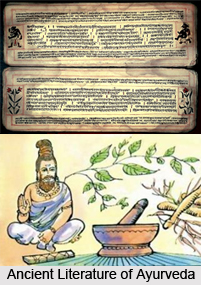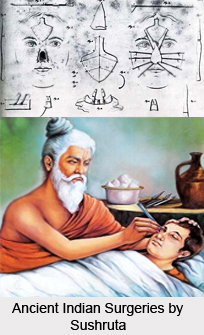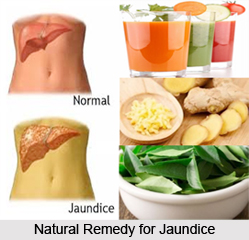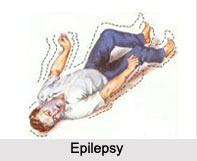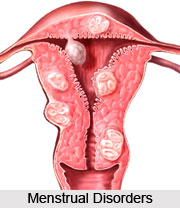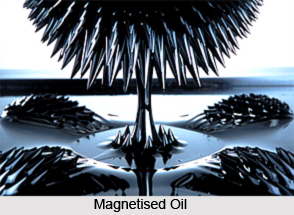Causes and Symptoms: Chancre is a contagious disease contacted through sexual intercourse with an infected person. According to Ayurveda, chancre is of five types. Three varieties are borne out of the vitiation of the three different doshas of the body, one by the vitiation of the blood, and the fifth because of the vitiation of all the three different doshas together. Chancre is known as Updansha in Ayurveda but Charaka has described it as Dhwajabhanga.
Chancre is characterized by pain as if the affected part, generally the male organ or the outer vagina, is being pierced by a needle. Eruptions like small boils appear which exude pus of a pale yellow colour. In chancre born out of the vitiation of blood, there may be exudation of blood from the affected part. The variety of chancre caused by the vitiation of all the three doshas of the body is generally incurable.
When the boils burst, they give rise to wounds with sharply defined edges. The affliction spreads to the glands, penis and the prepuce in the males, and the labia minora and clitoris in the females. There is also a feeling of itching and inflammation and the parts are tender to touch.
Medicines & Prescriptions: The following medicines are indicated in cases of chancre
Rasamanikya, Varadadi Guggul, Chopchina Churna: 120 mg Rasamanikya, 1½ gm Varadadi Guggul, 1 and 1/2 gm Chopchina Churna. All these are to be taken twice daily with decoction of neem leaves.
Chopchinadi Paka: 12 mg to be taken once at breakfast time with milk.
Sarivadyasava: 12 ml to be taken with water after meals, twice daily.
Rasashekhar: 240 mg to be taken at bedtime with water.
Bliairava Ratnavali is a well-known preparation for chancre. It should be given in doses of 900 mg daily for 3 days and 300 mg for the next 11 days. The total intake should be about 5.1 gm in 14 days. The maximum allowed is 7.5 gm of the medicine throughout the course of the treatment. The medicine must be given in a capsule because its direct oral administration may lead to eruptions in the mouth.
Diet and Other Regimen: The dietary regimen is the same as has been recommended for patients suffering from syphilis. Cleanliness of the pelvic region, particularly, of the male organ, should be strictly maintained. The affected parts should be washed with decoction of neem leaves that are properly dried. Washing the affected areas with milk and using hot water for cleaning the parts is also helpful.





